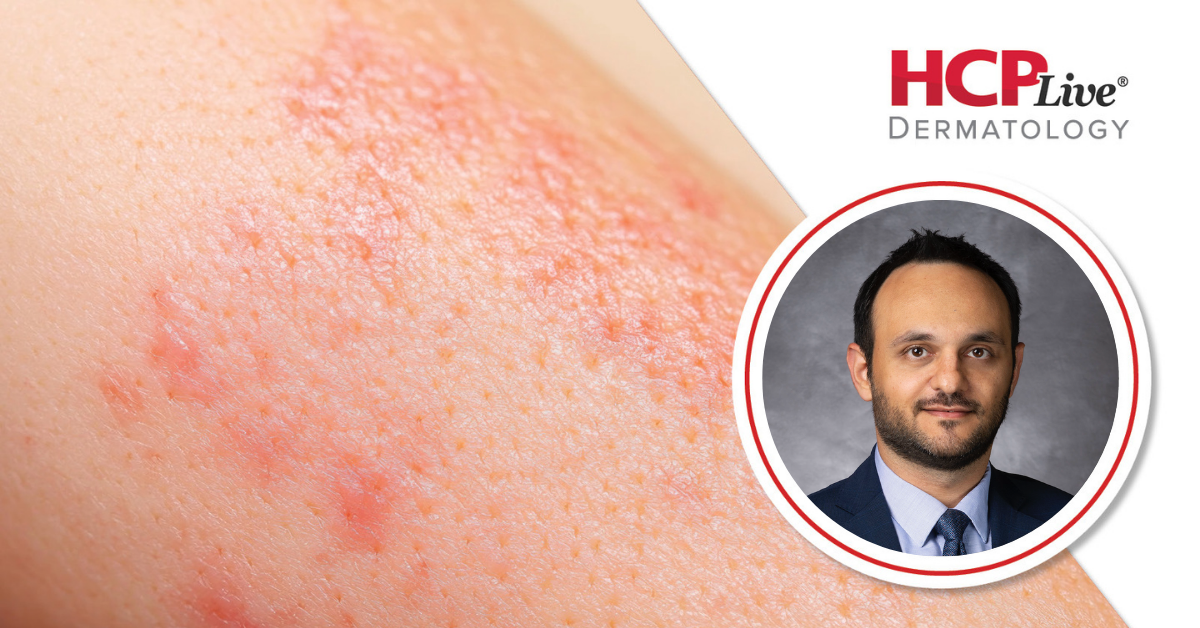Health
Clinicians Urged to Recognize Systemic Mastocytosis Early

The early identification of systemic mastocytosis can significantly enhance patient outcomes, a point emphasized by Dr. Hussein Abbas during his presentation at the 2025 Society of Dermatology Physician Associates (SDPA) Fall Conference. His session, titled “When a Rash Is More than Skin Deep: Systemic Mastocytosis Essentials,” focused on the importance of recognizing this rare disease, which often first manifests as skin rashes.
In an interview with HCPLive, Dr. Abbas, an assistant professor at the University of Texas MD Anderson Cancer Center in Houston, highlighted the challenges both clinicians and patients face when diagnosing rare diseases. “Systemic mastocytosis is a very rare disease, but it’s also significant because it can create a lot of symptom burden for patients,” he explained. The disease can affect both quality of life and longevity, making early diagnosis crucial.
Dr. Abbas aimed to equip conference attendees with diagnostic pathways and clinical clues that could aid in identifying systemic mastocytosis. He emphasized the importance of collaboration between dermatologists, allergists, and hematology/oncology specialists. “One of the main takeaways is that systemic mastocytosis is under-recognized, and working together is essential to recognize it,” he stated.
Recognizing the symptoms is vital, as patients often present with skin rashes or allergic reactions before the underlying condition is diagnosed. Dr. Abbas outlined that the diagnostic process includes measuring tryptase levels from the blood, which can indicate systemic mastocytosis.
Identifying Cutaneous Manifestations
Dr. Abbas noted that many patients with cutaneous mastocytosis also exhibit symptoms elsewhere in the body. He categorized the skin manifestations into three primary groups, one of which is known as maculopapular cutaneous mastocytosis (MPCM). This form presents as brown or reddish lesions that can be recognized by their distinctive appearance and the reactions they provoke when stimulated.
“These lesions can appear in adults, often with a brownish color,” Dr. Abbas explained. “When you try to palpate or stimulate the lesion, it can cause a reaction on the skin.” This characteristic can be a key indicator for clinicians in diagnosing the condition.
For further insights on recognizing systemic mastocytosis, viewers can access the full video of Dr. Abbas’s session online. His contributions to the conference underscored the critical need for heightened awareness and proactive diagnosis of this rare but impactful condition.
Dr. Abbas had no relevant financial disclosures to report, ensuring the focus remained on the clinical significance of systemic mastocytosis and the need for improved recognition in medical practice.
-

 Top Stories2 weeks ago
Top Stories2 weeks agoMarc Buoniconti’s Legacy: 40 Years Later, Lives Transformed
-

 Health2 weeks ago
Health2 weeks agoInnovative Surgery Restores Confidence for Breast Cancer Patients
-

 Sports4 weeks ago
Sports4 weeks agoSteve Kerr Supports Jonathan Kuminga After Ejection in Preseason Game
-

 Science4 weeks ago
Science4 weeks agoChicago’s Viral ‘Rat Hole’ Likely Created by Squirrel, Study Reveals
-

 Politics4 weeks ago
Politics4 weeks agoDallin H. Oaks Assumes Leadership of Latter-day Saints Church
-

 Entertainment4 weeks ago
Entertainment4 weeks agoZoe Saldana Advocates for James Cameron’s Avatar Documentary
-

 Business4 weeks ago
Business4 weeks agoTyler Technologies Set to Reveal Q3 2025 Earnings on October 22
-

 Lifestyle4 weeks ago
Lifestyle4 weeks agoKelsea Ballerini Launches ‘Burn the Baggage’ Candle with Ranger Station
-

 Business3 weeks ago
Business3 weeks agoZacks Research Downgrades Equinox Gold to Strong Sell Rating
-

 Business3 weeks ago
Business3 weeks agoBusiness Schools Urged to Prioritize Economic Freedom Education
-

 Top Stories2 weeks ago
Top Stories2 weeks agoBOYNEXTDOOR’s Jaehyun Faces Backlash Amid BTS-TWICE Controversy
-

 Health2 weeks ago
Health2 weeks ago13-Year-Old Hospitalized After Swallowing 100 Magnets









